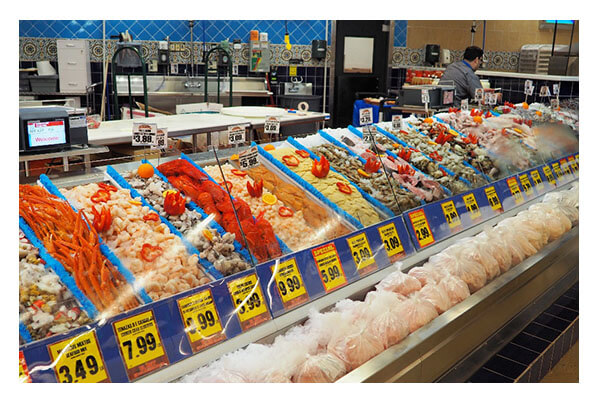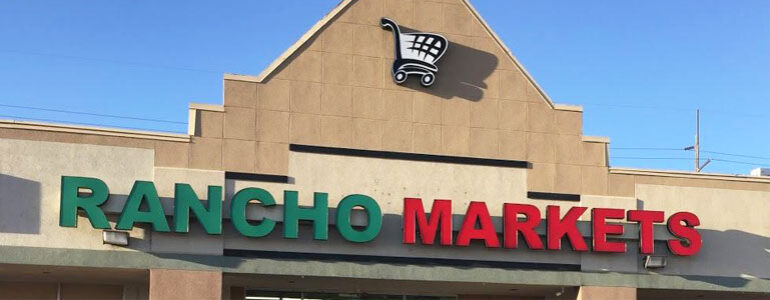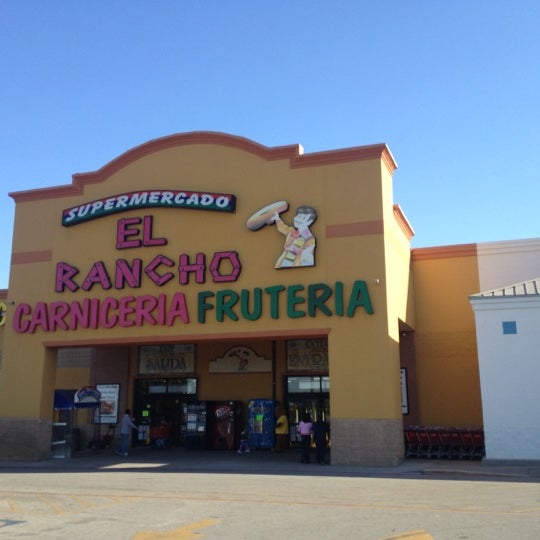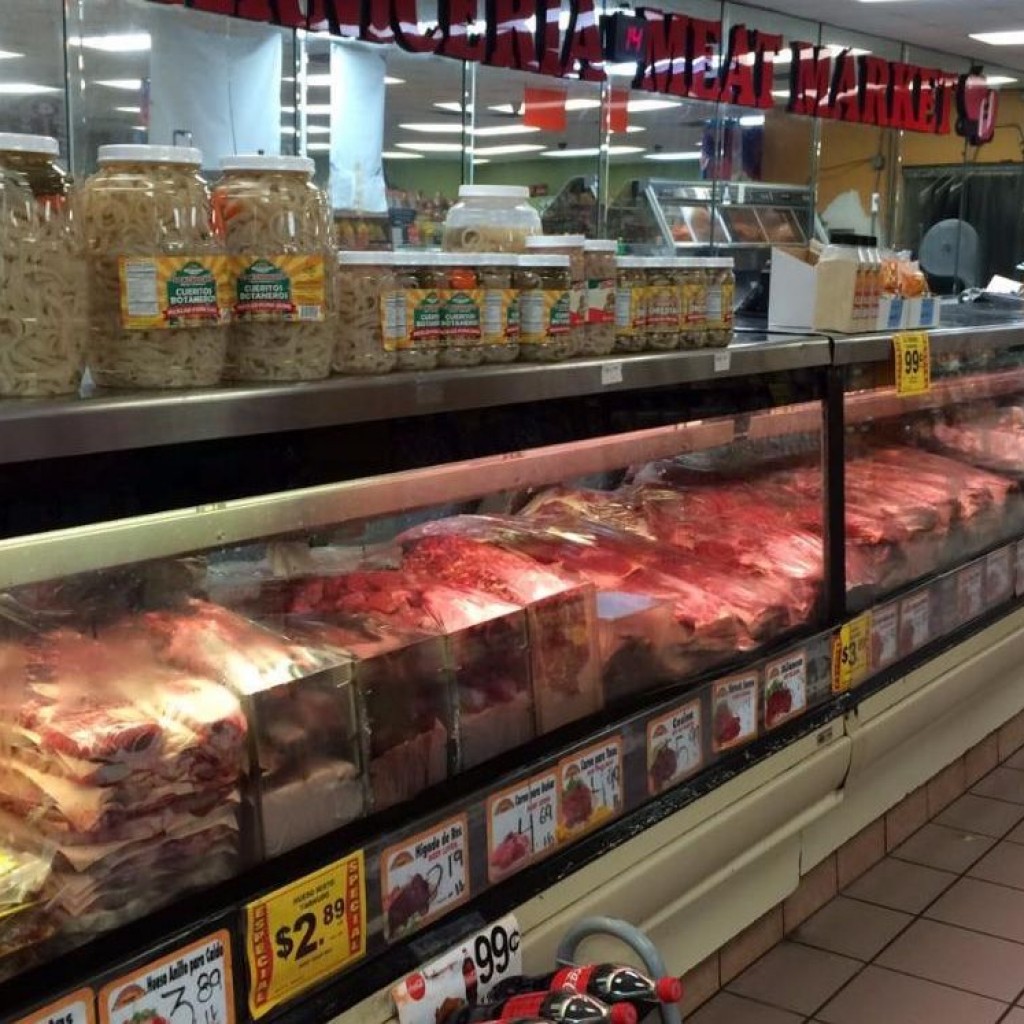El Rancho Meat Market Near Me

For decades, El Rancho Meat Market has been a cornerstone of many communities, offering a wide array of fresh meats and catering to diverse culinary traditions. But changing consumer habits and increased competition are presenting new challenges for these neighborhood institutions.
This article examines the role El Rancho Meat Markets play in local economies, the services they provide, and the pressures they face in the current marketplace. The aim is to provide a comprehensive overview of these businesses and their significance for communities across the region.
A Neighborhood Staple
El Rancho Meat Markets are more than just places to buy meat. They often serve as community hubs, providing specialized products and services that larger grocery chains might not offer.
These markets frequently stock a diverse selection of meats and cuts catering to the specific needs of different cultures and cuisines.
Many also provide custom cutting services, allowing customers to get exactly what they need for their recipes.
Beyond the Counter
In addition to their retail offerings, many El Rancho Meat Markets provide catering services for events and gatherings. This can range from small family barbecues to large corporate functions.
These services often include not only the meat itself but also sides, salads, and other accompaniments, making them a one-stop shop for event planning.
The catering aspect allows these markets to extend their reach and build stronger relationships within the community.
Challenges in a Changing Market
The landscape of food retail is constantly evolving, and El Rancho Meat Markets face increasing competition from various sources.
Large grocery chains, with their economies of scale and extensive marketing budgets, can often offer lower prices on standard cuts of meat.
The rise of online meat delivery services also presents a challenge, as customers can now order specialty meats from the comfort of their homes.
Adapting to Survive
To remain competitive, many El Rancho Meat Markets are adapting their business models.
Some are focusing on niche markets, such as organic or grass-fed beef, to appeal to health-conscious consumers. Others are emphasizing their custom cutting services and personalized customer service.
These adjustments allow these businesses to differentiate themselves from larger competitors.
Many also are integrating online ordering and delivery options to meet the demands of modern consumers.
By embracing technology, they can expand their reach and cater to a wider customer base.
The Human Element
For many owners of El Rancho Meat Markets, the business is a family affair, passed down through generations.
This personal connection often translates into a strong commitment to quality and customer service.
They know their customers by name and take pride in providing them with the best possible products and service.
One example is Maria Rodriguez, who took over her family's El Rancho Meat Market after her father's retirement.
She stated that the most rewarding aspect of her job is "knowing that we're providing families with quality meat for their meals and contributing to their celebrations."
Economic Impact
El Rancho Meat Markets play a vital role in local economies.
They provide jobs for butchers, counter staff, and delivery drivers, contributing to local employment rates. They also often source their meat from local farms and ranchers, supporting the agricultural sector.
According to a 2022 report by the Small Business Administration, small meat markets contribute billions of dollars to the U.S. economy annually.
The National Meat Association (NMA) highlights the importance of supporting local meat markets, stating that they "provide a valuable service to communities and contribute to the diversity of the food system."
NMA encourages consumers to consider the benefits of shopping at these establishments, including the quality of the meat, the personalized service, and the support for local businesses.
Looking Ahead
The future of El Rancho Meat Markets depends on their ability to adapt to changing consumer preferences and market conditions.
By embracing innovation, focusing on customer service, and highlighting their unique offerings, these businesses can continue to thrive.
The continued patronage of the community will also be crucial to ensuring their long-term success, as these markets remain integral parts of the local business landscape.
These establishments offer an invaluable service to communities and have a strong commitment to their craft, which will allow them to continue serving their communities.


















